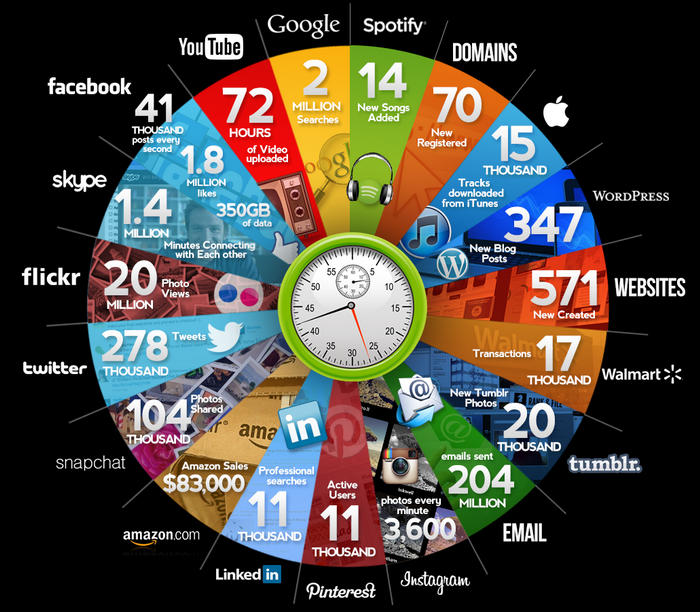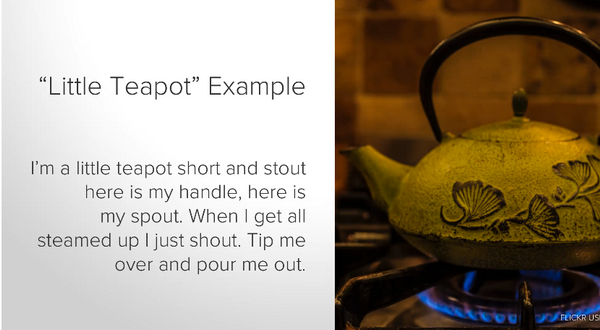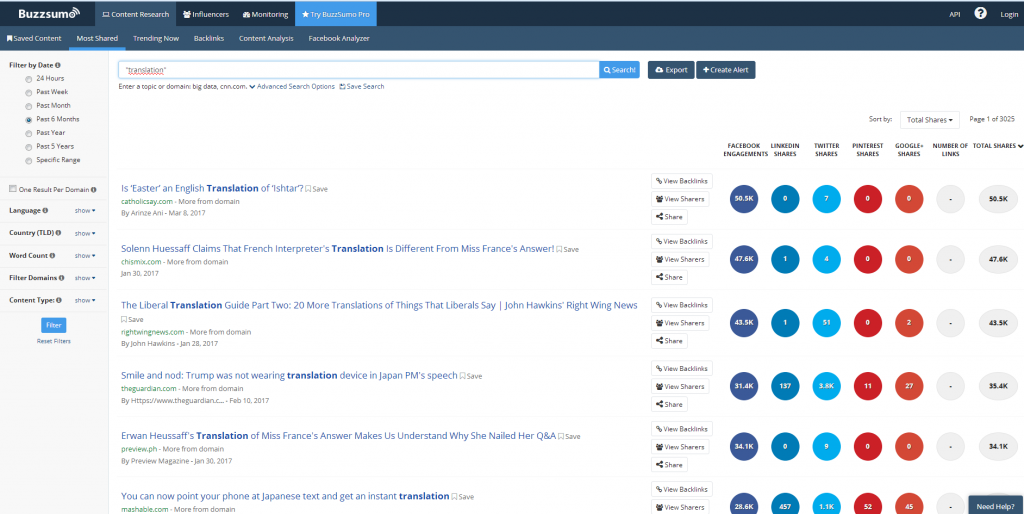Greater than 8 minutes, my friend!
Searched and found online: building a content strategy Part 2. Follow the content: tips and checklists
This is the second post on online marketing strategies for SMB. Actually, this is the plan I’ve created for myself to follow in the coming months. The first part covers tools for improving your search ranking.
You did your SEO homework but still not happy with traffic and conversions?
It’s time to look at the next four steps that help attract and nurture website visitors who found you online.
Compelling content is one of the best free online promotion tools at your disposal. Constant organic traffic is your quest. It means trust and authority among your ideal customers. But developing the right content takes time and effort.
Content serves you in many ways:
- Improves your search rankings
- Drives traffic to your website
- Helps communicate with existing leads
In a nutshell, content is the message your marketing strategy delivers. Good content makes people read, share, and come back for more.
Specify why you create content and what you’re trying to achieve with it. Possible variants include:
Prospecting
Sales support
Marketing and PR
Community creation
Customer Support
Thought Leadership
Determine the goals and use them to build a purposeful content strategy. Give your content focus and clarity.
step 1. Plan: Know your audience
Before you create your content strategy, you need to understand exactly what constitutes high-quality content. An outline prepared by Google lists all necessary indicators.
- Would you trust the information presented in this article?
- Is this article written by an expert or enthusiast who knows the topic well, or is it shallow?
- Does this article have spelling, stylistic, or factual errors?
- Does the page provide substantial value when compared to other pages in search results?
- Does this article contain insightful analysis or information that is beyond obvious?
- Is this the sort of page one would bookmark, share, or recommend?
Google receives millions of search queries per minute. There are many people looking for answers. But capturing their attention can be difficult.
You are fighting for attention. Instead of attempting to guess what might be preferable for search engines, consider your audience and their genuine interests. This is the first stage of content planning and strategy.
Study your ideal customers and prospects. Explore the ways to reach them and try to find out what they prefer. Identify common buyers for your products and services, the problems they are trying to solve, the information they are searching for.
If your content is a bad fit for your audience, you’ll attract wrong visitors.
step 2. Create: Prepare to convert visitors into leads
To promote your products and services, you should understand the value of your business for your potential customers. Your unique offer is your sweet spot.
Record your editorial plans for the next three months. Add dates and tasks: publish new posts, update social networks, etc. Keep your marketing goals in mind and note SEO best practices.
- CONSIDER BEST STORYTELLING PRACTICES
Simon Sinek says, “people don’t buy what you do, they buy WHY you do it.”
Business storytelling is about creating a link between your business and your prospects and customers.
Why are you doing what you’re doing? How are you doing it to get a unique proposition? And only then comes WHAT you are offering. The answers will help you to set the tone for all your content and tell your story in a way that appeals to your audience.
I liked the way the Content Marketing course by Hubspot explained storytelling practices. To illustrate three essential story elements — characters, conflict, and resolution — they use a rhyme about a little teapot.
I’m a little teapot short and stout here is my handle, here is my spout. (the character)
When I get all steamed up I just shout. (conflict)
Tip me over and pour me out. (resolution)
The storytelling framework applied to a business:
TOMS is a slip on shoe company that focuses on spreading social good; with every product you purchase, TOMS will donate a pair of shoes to a child in need. They’ve made this a part of their brand identity, by creating a slogan that reinforces who they are and what they’re about, “The One for One Company”.
The company sold over 60 million pairs of shoes.
Use content to create emotional appeal, be consistent, and keep the story clear and concise.
2. DEFINE PREFERABLE CONTENT TYPES
Content is able to increase visibility.
To optimize content for discovery and conversion, identify types of content and channels you’ll use.
Curation: Listing useful tools or stats adding value and creating useful, ever-green resource
Lists: Not everyone likes them, but lists do work very well. Easy to scan, they also appeal to curiosity
Niche: Detailed posts tend to deliver the right kind of traffic over time
How-to guides: Popular as they provide practical tips for users
Different content types help progress web visitors through every stage of customer relations. Choose content type depending on the stage of the buying cycle.
AWARENESS STAGE: a problem or opportunity is still unidentified
Analyst reports, e-books, blog posts, expert content, whitepapers, educational content
RESEARCH AND EDUCATION STAGE: a problem identified; looking for various solutions
Guidelines, live interactions (webinars), podcasts, videos, comparisons
DECISION AND PURCHASE STAGE: finally, more direct action
Vendor comparison; product comparison; case studies; trial offers; product literature; live demos
The best content is not products-based but solutions-based. It’s all about the customer, not about your business or products. By publishing such content you get:
- Enhanced potential for onsite activity
- Better positions in organic search
- Social signals resulting in links to your content
3. WRITE WITH A PERSON IN MIND
Figuring out a topic is one of the most important (and hardest) parts of content creation. See which terms attract visitors to your website. You will identify the evergreen content that is already working and get ideas for new content.
Other ways to identify valid topics are:
Keyword research
Internet forums
Popular industry news
Potential customer’s goals and challenges.
Topical content related to industry developments helps your savvy audiences make a better marketing or purchasing decision. It’s great for immediate success. Evergreen posts like “how-to” guides enjoy better ranking in search engines for longer periods.
Social media can drive traffic to your blog while specific blog posts could drive traffic to landing pages. All content can drive an action, such as enrollment to get the extra information. Content can drive sales with each piece of content creating interest in one of your products.
If you are not sure what topics to choose, try online tools like Buzzsumo to discover popular and well-liked content and Feedly to track trendy topics and content ideas.
4. STRUCTURE YOUR CONTENT APPROPRIATELY
Writing for the web differs from academic writing. Your most important points always come first. Before your readers invest their time into your piece of content, they’ll want to know why it’s worth it.
Asking people to think doesn’t work here because web visitors don’t have time to think. Keep your web copy as readable as possible.
The readability of the text depends on how you arrange it. Web surfers don’t read texts but scan them in an F-shaped pattern looking for something to catch their attention. Can you write for scanning web users? Your checklist:
- Communicate the purpose of your content in the headline
- Add lists to reduce wordiness and clutter
- Use short paragraphs (6-8 lines max)
- Stick to short sentences (12 words on average)
- Skip unnecessary words (try Hemingway App to get an idea)
- Beware of jargon and use plain English
- Avoid the passive tense
- Resist needless repetition
- Address your web visitors using the word ‘you’
- Shorten the text
Is your content neat and conversational? Beware of errors, poor formatting, and weird text.
Best practices: text in sections with descriptive subheadings; visuals for better comprehension; being straight to the point; generous spacing and larger fonts to increase readability.
5. REPURPOSE THE CONTENT
Good content requires time and effort. You can recycle some of the materials to reach new audiences and reappear in search engine results. Remember the rule of seven: A prospect needs to see you message at least seven times before they take action.
There are two basic ways to re-purpose content: republish it on other websites with credit to the original author or recycle it into a new form.
Republishing best practices according to HubSpot:
– Strive to choose reputable sites for a greater positive effect
– Republish only top performing content
– Wait at least two weeks before republishing
– Update the headline of each republished piece of content
– Add internal links to your post
– Include call-to-action within the post
When recycling your content, be ready to adjust, combine related or unrelated content, and expand to dig deeper into the topic.
You can turn whitepapers into blog posts. And you can recycle a series of blog posts into Instagram posts, videos, a guide and a checklist, a slide deck, an infographic, a webinar or even a podcast.
Think like a publisher.
step 4. Analyse: Assess key metrics and plan next steps
– Website metrics. What are the best sources of traffic for your business? Make sure visits arriving from organic search are steadily growing over time.
– Engagement: shares, likes, comments, retweets. These are your main feedback signals. What content is working best?
– Inbound links. Are they adding to brand awareness? Referral traffic may be indicative of your audience’s awareness of you as a trusted partner.
– Lead generation. What activities lead to someone becoming a lead? What is the ratio of leads to customers?
CORNERSTONES TO MAKE YOUR CONTENT WORK
Make a content plan and stick with it for six months. A plan backed up by consistent approach gives you the best chance to see positive results of your content efforts. You can use the document to keep track of your long-term marketing initiatives and test your decisions.
Know your audience. Broad content brings you more visitors, but they are less likely to become customers. Keep content educational, not promotional.
Web copy is scanned. Or glanced at. Not read. Your web visitors are hunting for information or products. Will they find it easily at your website? Less is more: they as busy as you are.
Monitor marketing trends and take them into account when creating a content plan. 8 key marketing trends in 2017 according to HubSpot:
- Higher importance of testimonials
- More focus on user groups
- Interactive newsletters
- Advocate marketing
- Online customer community interaction
- Customer satisfaction systems
- Cross-sell/upsell campaigns
- Referral programs
Your marketing is only as good as your results.










Dear Olesya, this is such a generous article. Thank you for sharing. I have printed the format list, and will use it. Say Hello from me to the adorable little teapot, such a genious idea for illustrating the storytelling need.
Thank you, Isabelle! Yes, it was the first time I actually understood what they mean by storytelling 🙂
Olesya, thank you for the well-structured article. It certainly shows your expertise in the marketing area. I know it requires a lot of work and time to search for existing content, then analyze it, and add your own knowledge and experience. Thank you again for sharing your knowledge!
You are welcome, Tatyana. I hope it will come handy.
Your little teapot is actually a treasure chest. Thank you for this, Olesya!
Yes, I absolutely agree. I keep smiling every time it comes to my mind.